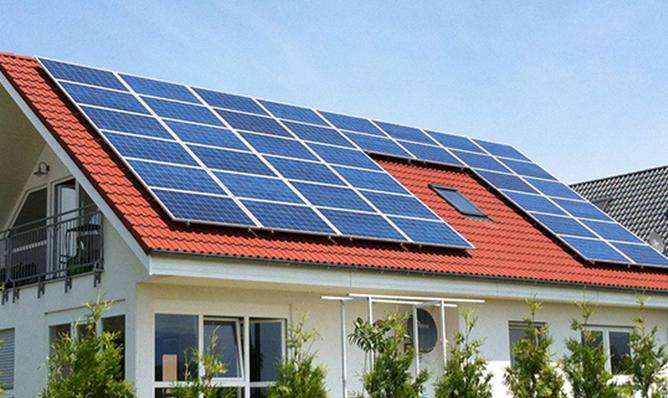Current main categories of new solar cells include: organic solar cells, perovskite solar cells, copper indium gallium selenide solar cells, dot solar cells quantum and polycrystalline silicon thin film solar cells.
1. Organic solar cells: This type of battery is made from organic materials and is typically lightweight, flexible, and customizable. The research and development of organic solar cells has made significant progress in recent years, making this type of cell a promising alternative energy source.
2. Perovskite solar cells: Perovskite solar cells are a new type of high-efficiency solar cells that use perovskite materials as the light-absorbing layer. Perovskite solar cells have high conversion efficiencies and cancan be manufactured in large sizes, making them ideal for large-scale applications.
3. Copper Indium Gallium Selenide Solar Cells: This type of solar cells uses elements such as copper, indium, gallium and selenium as the main components. CIGS solar cells have high efficiency and stability and can operate in different environments.
4. Quantum dot solar cells: Quantum dot solar cells use quantum dot materials to absorb sunlight and generate current. This type of battery offers high efficiency and stability while being relatively inexpensive to manufacture, making it a promising alternative energy source.
5. Polycrystalline silicon thin film solar cells: This type of solar cell is made of a thin layer of polycrystalline silicon and usually has the frontages to be light and foldable. Polycrystalline silicon thin-film solar cells are relatively inexpensive to manufacture and can operate in a variety of environments.
The perovskite solar cell (PSC) is a type of solar cell that includes perovskite-structured compounds, most commonly lead or halide organic-inorganic hybrid materials tin that serve as light-harvesting assets. layers.
Perovskite materials, such as methylammonium lead halides and fully inorganic cesium halides, are inexpensive to produce and easy to manufacture.
The solar cell efficiency of devices using these materials increased from 3.8% in 2009 to 25.5% in 2020, reaching 29.1% in silicon-based tandem cells in single junction architectures, exceeding the efficiency of cells obtained by. silicon solar cellssingle junction. Therefore, perovskite solar cells are currently the fastest growing solar technology.
Perovskite solar cells have become commercially attractive due to their potential to achieve higher efficiencies and extremely low production costs.














